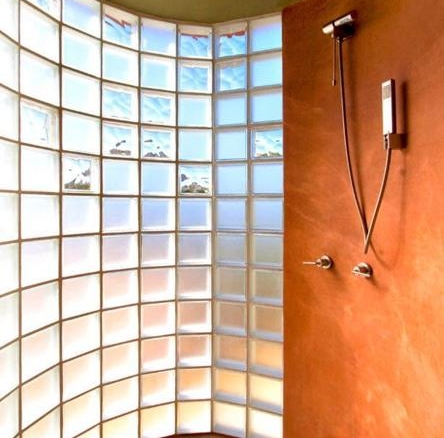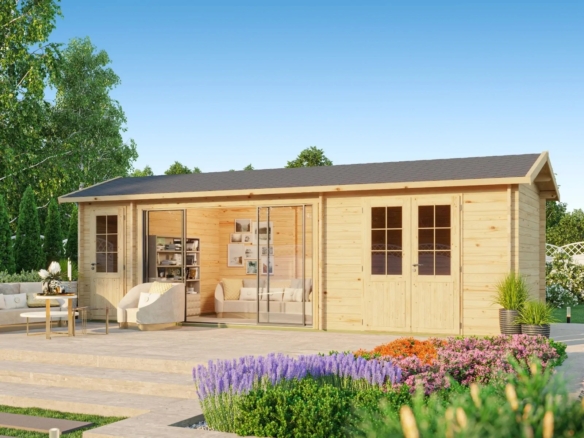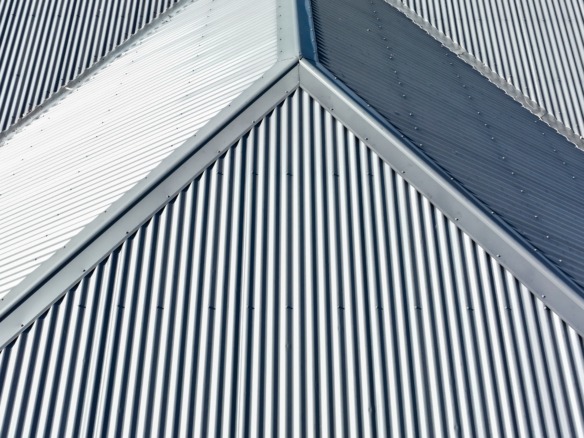Whether your home features the clean and simple cuts of the Danes, or you’ve borrowed your interior design tastes from the Bauhaus era when form followed function, there’s always room for greenery to make its way. After all, plants don’t just add rich textures and colors to living spaces. They also reduce stress, filter the air, and promote general well-being.
Does it mean you need to invest in ceiling-high trees to establish a connection with the outdoors? Well, why not! (if that’s what your idea of an aesthetic fix is). However, even simple and subtle changes can add a touch of life as you work your way to craft that jungle vibe into your urban home.
Keep reading for plant-related home décor ideas that will leave others green with envy.
1. Fill in Those Awkward, Sterile Corners
Do your home’s awkward, empty corners remind you of those dreaded childhood days of being punished at the corner for some gratuitous mischief? Then, it’s time to brush those dark memories aside, but perhaps not with a side table or an accent chair.
Homes often have sterile corners that are too small for an accent chair but too large for a modest side table. In such cases, nothing works better than an indoor plant or maybe, even a few (carte blanche!). After all, a single tall plant like the Areca is somewhat of an obvious choice.
You can deviate from this norm by throwing a bunch of leafy greens in the corner for a classic, Mediterranean feel.or add customizable line art posters if there’s no room for a plant.
2. Keep it Minimalistic with a Dedicated Shelf
The advantage of a minimalistic aesthetic is that even a little bit of drama pops out and creates impact. You can apply the same principle by setting up a dedicated shelf for all your houseplants to lounge together.
As for the space, it is totally dependent on your home’s aesthetic and personal preference. Ideally, a ladder-like shelf resting against the living room wall will become an architectural focal point. Choose a rustic wooden ladder, and play around with the planters to add rich texture to the space.
What this means is you do not have to stick to basic V-shaped terracotta pots. Invest in different kinds of attractive containers in terms of size, shape, material, etc. According to Crescent Garden, it is best to add depth and contrast to the space by alternating between pleated, square, and rounded pots. If you’re feeling a little bold, you can also opt for origami pots that exude an eclectic vibe.
3. Let Some Crawlers Adorn Those Walls
“Crawler, crawler, on the wall, what purpose do you serve at all?” Have you ever (especially in your juvenile days) wondered about the significance of self-clinging climbers? That is before we face the reality of beautiful garden trellises.
Trailing plants or climbers not only serve the environment through erosion control, but when planted indoors, they beautify the urban landscape like no other. These plants produce some of the most beautiful flowers, but even if you choose one that does not flower, there’s plenty of scope for decoration.
Opt for the classic hanging buntings to adorn an accent wall, ideally painted in a darker shade to add depth. You can even ride on the waves of the 1970s macramé trend, which is making a huge comeback.
4. Play a Visual Trick to Double the Greenery
The struggle of being a lover of sprawling jungles but living in a shoebox apartment that makes it challenging to incorporate numerous plants can be intense. The principle of biophilic design allows for doubling plant real estate through mirrors.
Mirrors are among the most fluid interior décor and functional pieces that give an illusion of a larger and brighter space. Whether you choose ornate or sleek mirrors, make sure the size is appropriate for the plant it would reflect. It is best to have a mirror at least a few inches taller and wider than the plant for a complete view.
If you’re opting for a large mirror, a single tall plant would do the trick, but you can also place a bunch of small planters on a wooden round table to create a decluttered visual appeal.
5. Take a Vertical Detour!
So, we’ve covered the floors, the ceiling, and even the existing walls, but is there something known as too much greenery? In case your compact metropolitan home does not allow you to have the precious square footage for plants, you can always break some rules with a vertical garden.
Wondering if it’s possible to grow an indoor vertical garden for nature-inspired apartment living? Yes! All it takes is a little effort and planning. You can go as tall or as wide as you like, but keep things simple as you start out. Choose an appropriate spot (ideally the living room or balcony) and suspend the plants on a metal or wood board.
Begin with easy-to-maintain, small plants like succulents and cacti, and select relevant pots to suspend using fencing or wire. If you’re too overwhelmed by it all, just opt for reliable vertical garden installation services.
6. Create a Canopy-Like Reading Nook
Maybe you’re an avid reader who enjoys featuring an expansive home library, or you barely manage to squeeze in a few pages once in a while. There’s nothing quite like a “green relaxation spot” for some motivation.
The ethos of any reading nook is about creating a space so cozy and relaxing that you just want to curl up with a good book. As you introduce an ultra-comfortable armchair, some luxurious throw pillows, and an adventure novel, don’t forget to place a couple of plants of varying sizes to make the experience truly transportive.
Once you’re tucked away in this sacred corner, just immerse yourself in a good read and forget all about screen time!
Green is the New Black!
Quite literally, biophilic interior design can not only liven up your space, but also improve productivity and promote good sleep. It meets the primal human need to stay connected with the natural world.
More and more people are realizing these benefits and striving to create practical homes that are breathing, living ecosystems. A top California-based interior designer, Jessica Preteroti, summed up the experience of green space in these words, “Home is my favorite place to be!” during an interview with Architectural Digest.
Can you say the same? Perhaps a dash of green can make all the difference!



